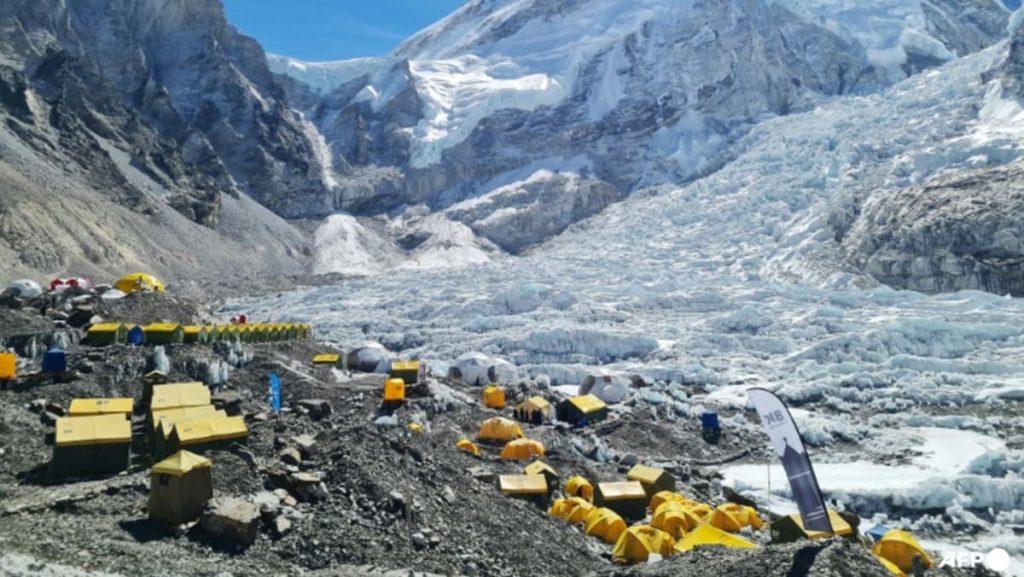The recent verdict regarding mountain climbing in Nepal emphasizes the importance of respecting the capacity of the mountains. The summary suggests that an appropriate maximum number of permits should be determined to prevent overcrowding and ensure the safety of climbers. However, specific limits on permits were not mentioned in the summary.
Currently, Nepal issues permits to all individuals who apply and are willing to pay $11,000 to climb Everest, the world’s highest peak. Last year, a record high of 478 permits were issued for Everest, leading to overcrowding and safety concerns on the mountain.
In 2019, a major incident on Everest highlighted the dangers of overcrowding. Climbers experienced a massive traffic jam at the summit, forcing teams to wait for hours in freezing temperatures. This situation led to depleted oxygen levels, sickness, and exhaustion, ultimately resulting in at least four deaths. These tragic events underscore the need for regulation and proper management of climbing permits.
The lack of a specific limit on permits in the recent verdict raises questions about how Nepal will address the issue of overcrowding in the future. While the summary highlights the importance of respecting the mountains’ capacity, more detailed regulations may be necessary to ensure the safety and well-being of climbers on Everest.
Moving forward, Nepal will need to consider implementing stricter regulations on climbing permits to prevent overcrowding and reduce the risk of accidents on Everest. By establishing a clear maximum number of permits and enforcing stricter guidelines for climbers, the country can work towards improving safety standards and preserving the natural beauty of the mountain for future generations.


